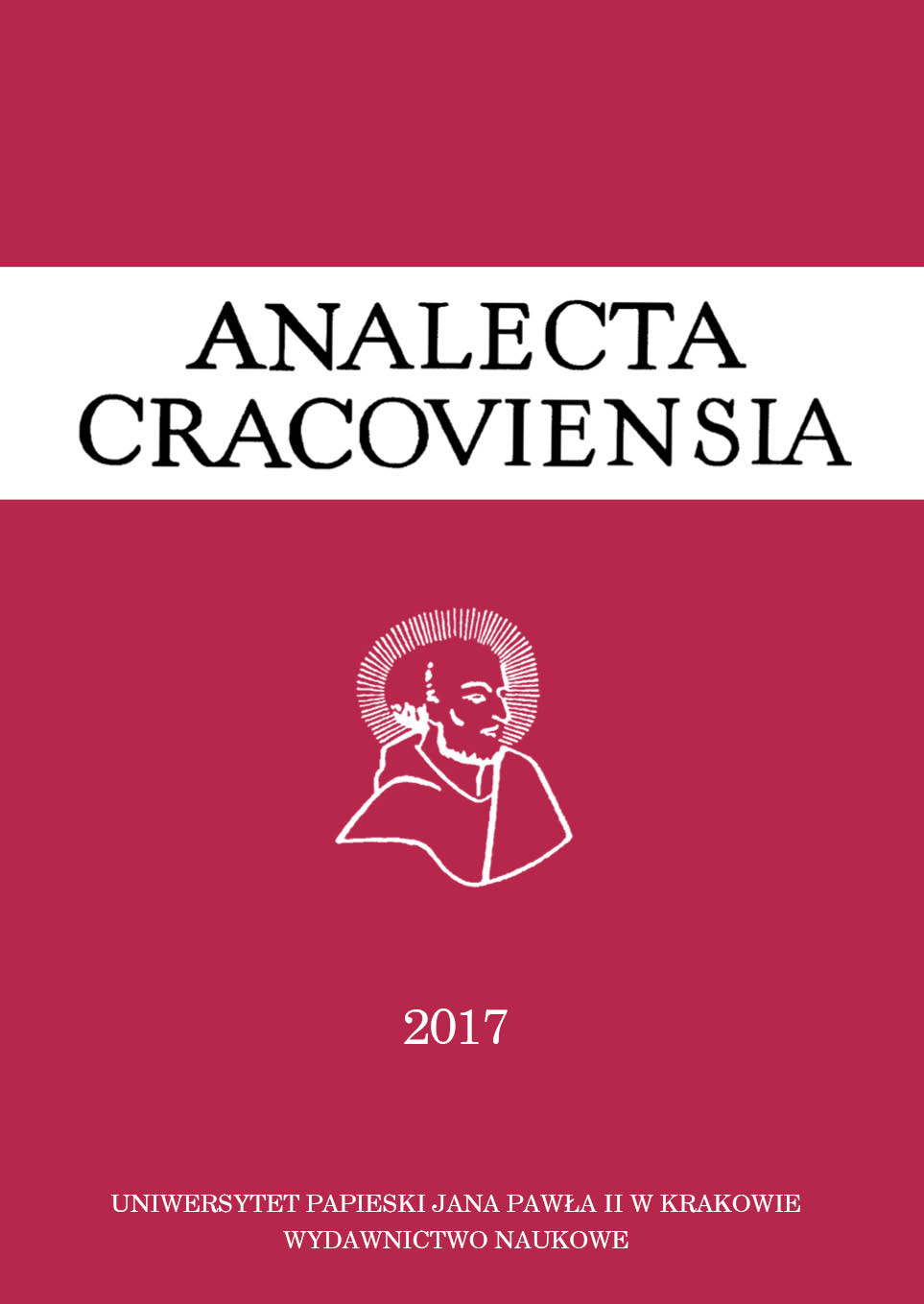Szkoły parafialne na Podolu ok. 1830 roku
Parish schools in Podolia around 1830
Author(s): Jan SzczepaniakSubject(s): Christian Theology and Religion, Education, 19th Century
Published by: Wydawnictwo Naukowe Uniwersytetu Papieskiego Jana Pawła II w Krakowie
Keywords: Podolia; the Kamieniec diocese; parish educational system on Taken Lands; Vilnius Scientific District;
Summary/Abstract: There was no social agreement to educate children, especially these coming from peasantry. The meaning of school was understood by nobility, but only these who belonged to richer nobility were determined to educate their children properly. No one cared for education of poorer nobility, townspeople, and peasantry as a rule. Views which were universally avowed at that time caused reluctance towards school. It was thought that learning could spoil children and draw them aside from work on farms and in craft; this point of view was shared by peasantry, townspeople and also landowners. It was nobody’s business to found schools. The clergy and landowners did not see any need to spend money on a school and teacher, especially in poor parishes and one-village estates. Peasantry considered learning as luxury. Founding schools was difficult also because of great dispersion of Catholics. It was a problem to gather in a parish church, outside bigger towns, a bigger amount of children living in the neighbourhood necessary to open a school. Nevertheless, a handful of enthusiasts succeeded in beginning a debate considering the issue of necessity of creating of a thicker system of village and provincial schools. In the consequence of their activity in the thirties of the XIX th in Podolia region the amount of parish schools increased. There were only 17 schools of this type in the last years of independence of the Republic in bracławskie and podolskie voivodships. On the basis of data prepared for school superintendents of Vilnius University we know that in years 1804-1815 from 16 to 26 schools functioned in the Podolian guberniya. The information collected by priest Wawrzyniec Marczyński show that in 1821 there were 45 schools in Podolia region. Protocols coming from inspections carried out ten years later confirm existence of 48 schools. There were few children in parish schools. In 1804 to 17 schools 221 children were signed up. Data collected by Marczyński show that in 45 schools 753 pupils learnt, and around 1830 there were approximately 839 pupils in 48 schools. Unlike in Lithuania and Belaruses in Podolia children of poorer nobility attended schools. In northern guberniyas of the Western Country mostly peasant’s children learnt. In Podolia richer nobility educated their descendants in-house or sent them to urban schools which were situated further. Townspeople learnt in several bigger cities (Gródek, Płosrkiów, Satanów), there were hardly any peasant’s children in parish schools. A vast majority of pupils belonged to the Roman Church, although there were also pupils coming from the Orthodox Church from all states. Polish form of their surnames suggests that they were descendants of ex Uniats or they came from mixed marriages. Children from 6 to 15 years old attended school (96,6%), but there were also younger and much older ones. Teachers were laic and came from nobility. They were 35 years old at most. Graduates of secondary schools, who could not count on their own estates, started their way in looking for bread with such an occupation. The work was seasonal. Teachers teaching for a longer time were only in schools in larger cities which were opened for the whole year. In smaller schools, which were opened when there was no work in the fields, the teacher did not have a sufficient income to stay there for longer. The programme of parish schools did not differ much from the one which was taught in the old Polish period. Children were taught to read, write and also some basic arithmetic operations. Large pressure was put on religious and moral education.
Journal: Analecta Cracoviensia. Czasopismo Uniwersytetu Papieskiego Jana Pawła II w Krakowie
- Issue Year: 2017
- Issue No: 49
- Page Range: 283-316
- Page Count: 34
- Language: Polish

